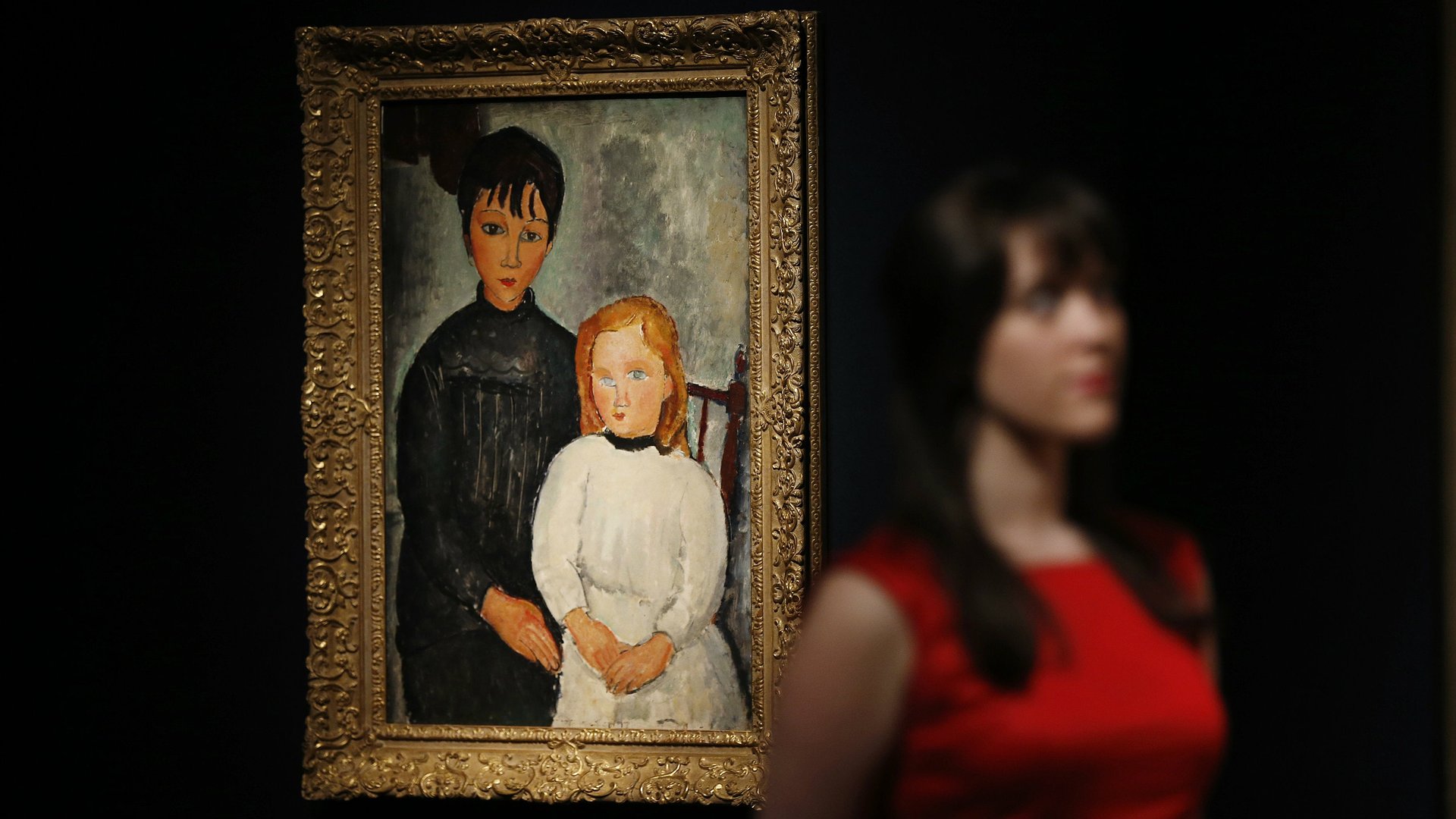Why the art museum doppelgänger meme is so profoundly addictive
Most people walk around art museums to look at the art. But I often find myself reading the small blocks of text that accompany each piece, scanning for clues about the life and times of the person whose visage I’m looking at.


Most people walk around art museums to look at the art. But I often find myself reading the small blocks of text that accompany each piece, scanning for clues about the life and times of the person whose visage I’m looking at.
Through this practice, I’ve learned that the art models of history usually fall into two categories. The first are the nobles, aristocrats, and royals of ages past who had the means, stature, and ego to commission portraits of themselves. The second are those who, very often, were at the fringes of society—mistresses, peasants, sex workers, and laborers who either needed a quick buck, or owed a favor to an artist friend.
My vague interest in the back-stories of history’s art models is one I hadn’t thought about too deeply until recently, when a thread of photos appeared on Twitter depicting people who had found their doppelgänger in an art museum. These images weren’t a project of any one photographer or content creator, but rather a practice that disparate, smartphone-wielding museum visitors all apparently thought of independently.
There’s the long and dark-haired man who looks like a portrait of Spanish royalty; the bearded man in a North Face fleece jacket who resembles a collared priest in another paiting; and a young woman who has the same sad eyes as what looks like a young peasant girl she spied on a museum wall. Each is uncanny and haunting in equal measure. The account that originally aggregated and posted the photos in a thread had a philosophical take on the meaning—”what if all of us already lived somewhere and had a life that was different from ours ??”—while others chalked the likenesses to mere genetics.
Whatever the cause, it would be easy to claim that so many people entering art museums looking for proof of themselves is confirmation of our age of narcissism—”This painting looks like me. Let me post it so people will look at me”—but I’m inclined to view it differently. That there was someone, centuries ago, who looked just like us suggests that he or she lived a life just as complex and important as ours. At the same time, it serves as a haunting reminder that the here and now is so fleeting. In that way, the doppelgängers are existentially humbling: We want to know their stories, because at a fundamental level, we sense that they are just like us.

Curiosity isn’t the only reason that the stories of portrait sitters—and the delight of their doppelgängers—intrigue me. With a portrait artist for a mother, I’ve been painted quite a few times myself, both by my mom and her students. In the present tense, it can be nerve-wracking to be painted by one person, let alone a room full of people. How they see you—and go on to interpret you with their brush—varies widely. It can be flattering, insulting, or bewildering, often all during a single session.
I suspect this feeling hasn’t changed much throughout history. We don’t know if the sitters in the paintings unearthed by this Twitter thread loved or loathed their likenesses now circulating through social media—and this only adds to the intrigue and melancholy.
Similarly, a model or sitter never knows what will become of a painting, years or centuries after they’ve passed on. The Italian painter Amedeo Clemente Modigliani is famous for the nude studies he painted during his rather short but successful career spent mostly in Paris. In the current exhibition at London’s Tate Modern, some of the models for the exhibited works are unknown or unnamed, despite being sold as merchandise or plastered on ads all over London.
Similarly, there is great mystery around the winsome and ethereal models used by British painter J.W. Waterhouse. The name of one of his favorite models, Miss Muriel Foster, is only known because he bothered to inscribe it on a single painting. As the Journal of Pre-Raphaelite Studies pointed out, this afterthought “was fortunate…as no other notation of her name—or the names of any of his models—is known on any other of Waterhouse’s many works.”
As these stories prove, art is by no means a perfect record of history. After all, race and gender have played a significant role in who ended up in the first category of portrait sitters described above versus the latter (and, of course, who is not pictured at all). But if you ask me, art museum doppelgängers are more than a historical coincidence or an internet oddity. They tug at the root of what we know to be true: We’re all just passing through.